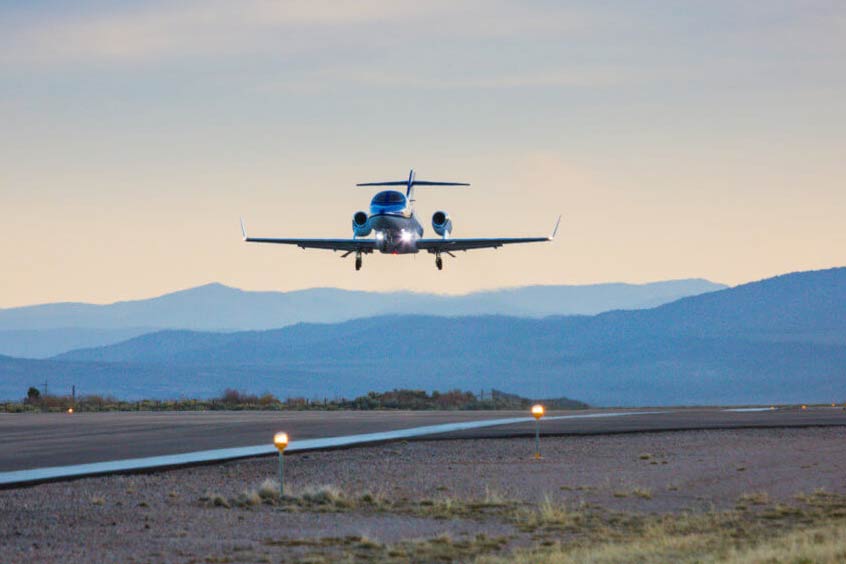ACE 2026 - The home of global charter.
 The bimonthly news publication for aviation professionals.
The bimonthly news publication for aviation professionals.

The National Business Aviation Association (NBAA) has updated an important training resource for certain single pilot operations, specifically those of jet aircraft weighing 10,000 pounds or less, certificated for single pilot operations and equipped with advanced cockpit automation, automated engine and systems management and/or integrated autoflight, autopilot and flight guidance systems.
The NBAA Training Guidelines for Single Pilot Operations of Very Light Jets (VLJ) and Technically Advanced Aircraft (TAA) was revised in response to a safety recommendation from the National Transportation Safety Board (NTSB) following an Embraer Phenom 100 accident in 2014 in Gaithersburg, Maryland. The NTSB determined the probable cause was the pilot's attempt at an approach in icing conductions without proper use of the aircraft's deice system or accurate consideration for landing performance speeds based on weather conditions and aircraft weight.
“In the safety recommendation, the NTSB tasked NBAA with developing enhanced training guidelines related to risk management in winter operations and special emphasis on appropriate use of ice protection systems and related standard operating procedures, as published by the manufacturer,” explains NBAA senior manager of safety and flight operations Mark Larsen. “These revised fuidelines reflect the safety recommendation by placing additional emphasis on these key skills.”
Specifically, the updated guidelines feature expanded discussions of the areas of greatest risk to these operations, including the implications of winter operations, aircraft performance, and procedural non-compliance; pre-arrival training and proficiency, to include advanced cockpit procedures, aeronautical decision making and risk management; recurrent training recommendations; and increased aerodynamics knowledge during training to address unique flying qualities of the aircraft type.
The guidelines do not establish mandatory training requirements; rather, they are meant to describe the minimum curriculum the association believes is necessary for successful VLJ transition and recurrent training programmes. The guidelines help operators and training providers establish their own training programmes utilising these industry best practices.
The NBAA Safety Committee, which is made up of aircraft operators, manufacturers, insurance experts, flight training providers and more, developed the original guidelines in 2005. A special project team made up of representatives from the NBAA Safety Committee, applicable aircraft manufacturers, relevant simulator and in-aircraft training providers, industry safety leaders and relevant safety experts developed this revision.